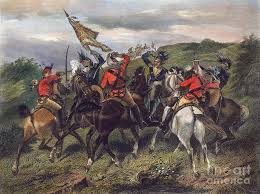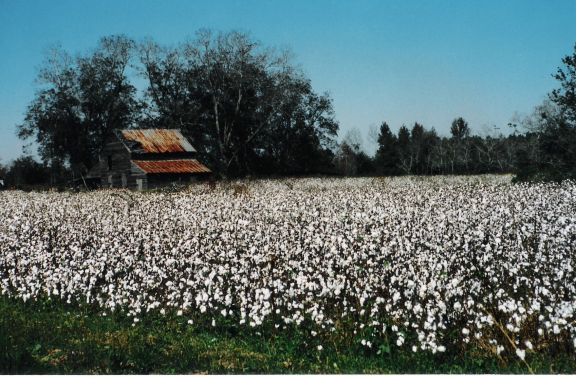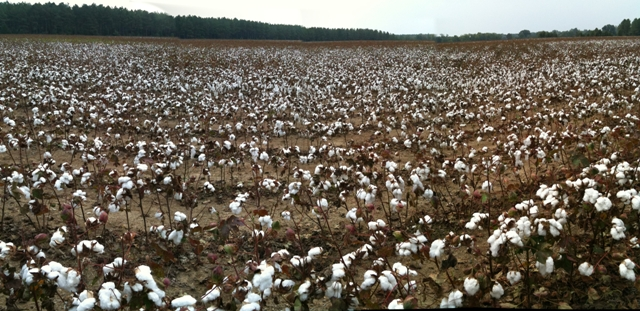Family Names in Cherokee County Genealogy
Cherokee County was formed in 1897 from parts of Spartanburg. It is famous for the town of Cowpens, the site of the Revolutionary War Battle of Cowpens on January 17, 1781. This battle was a decisive victory for the revolutionary forces. Iron mining ruled the area’s economy and is sometimes referred to as the Old Iron District.
The Bloody Battle of Cowpens
This battle is regarded as one of the most brilliantly executed in history! On one side, we have the guerrilla fighter General Daniel Morgan, and on the other, Lt. General Banastre Tarleton, well-deserving of his title ” the butcher. On January 17, 1781, the Continental Army troops and colonial militia under Brigadier General Daniel Morgan decisively defeated a British force known as the Black Legion”, led by Lt. Colonel Banastre Tarleton. Tarleton quickly made himself famous by taking unfair advantage of the enemy and butchering them after they waved the white flag. Hence, the name ” the butcher”. However, General Morgan was no patsy and sorely defeated the British, leaving 110 dead, over 200 wounded, and 500 captured. The battle took place on the site of Hannah Cowpens and in an open pasture. The flat land accommodated the European combat style, with each army facing one another. Tarleton was 26 years old and had served with distinction at the Siege of Charleston and the Battle of Camden.

Commanding the British Legion, a mixed infantry/cavalry force composed of American Loyalists who constituted some of the best British troops in the Carolinas, Tarleton won decisive victories at Moncks Corner and Fishing Creek. He became infamous among Patriots after his victory at the Battle of Waxhaws. His men had killed American soldiers after they had surrendered. But Tarleton excused it by saying that his horse had been shot out from underneath him during the initial charge and that his men, thinking him dead, engaged in ” a vindictive asperity not easily restrained. Afterward, Tarleton and the Legion marched to Ninety-Six, and upon learning that Morgan was not there, he decided to pursue it. Lord Cornwallis sent the reinforcements requested, and Tarleton set out with his enlarged command to drive Morgan across the Broad River. On January 12th, he received word of Morgan’s location. Now drove his men into an arduous march and commanded them to build boats to cross rivers that were flooded by winter rains. When Morgan heard that Tarleton was in pursuit, he retreated north to avoid being trapped between Tarleton and Cornwallis. On January 16th, aware that Tarleton was close, Morgan approached the Broad River high with floodwaters. By nightfall, he reached the Cowpens, a well-known grazing area for local cattle. Pickens, who had been patrolling, arrived that evening with a large body of militia. Morgan decided to stand and fight rather than continue to retreat and risk being caught by Tarleton while fording the Broad River. But Tarleton denied his troops camp, pushing them to march throughout the night. Daniel Morgan used the landscape of Cowpens, the reliability of his troops, the assumptions of his opponents, and the time afforded him before the arrival of Tarleton to his advantage. He was aware that untrained militiamen comprised a large portion of his force and that the Battle of Camden had ended in disaster when the militia, which was half of the American force, broke and ran as soon as the shooting started. To eliminate that possibility, he stationed his army between the Broad and Pacolet Rivers, selecting a low hill as the center of his position for the infantry and deliberately leaving his flanks exposed. With a ravine on their right flank and a creek on their left flank, Morgan reasoned his forces were protected against British flanking maneuvers at the beginning of the battle. Meanwhile, the British pushed forward, expecting success.

